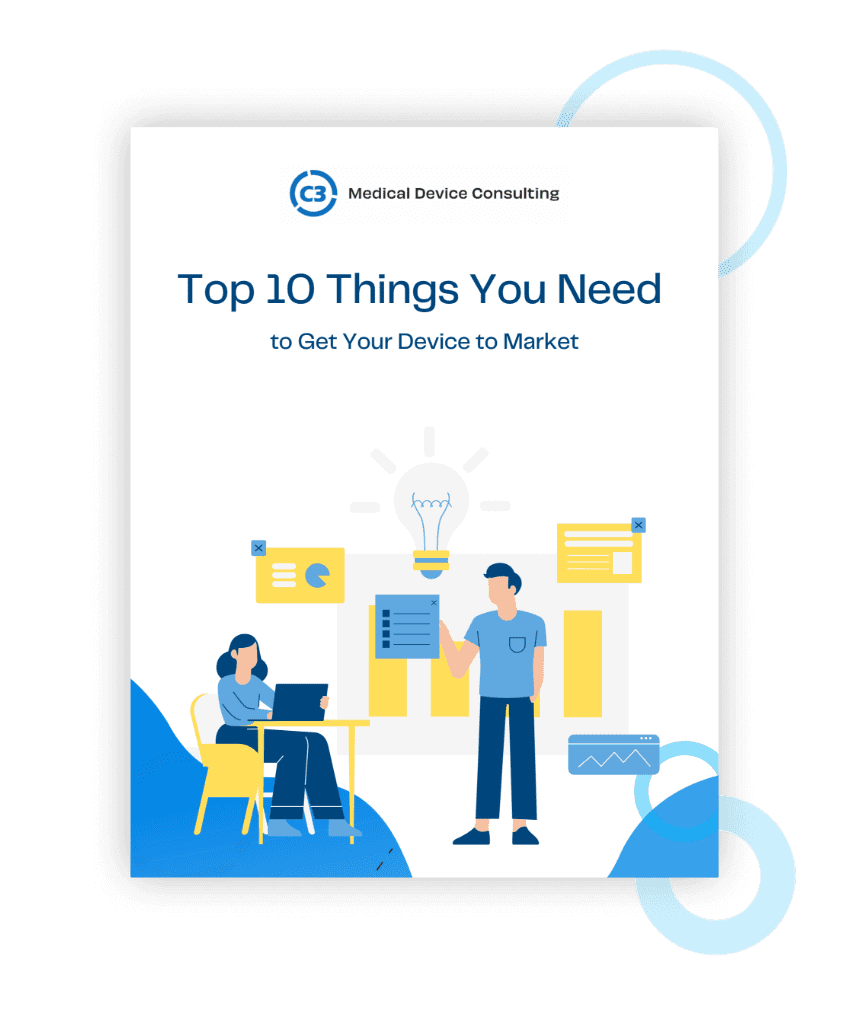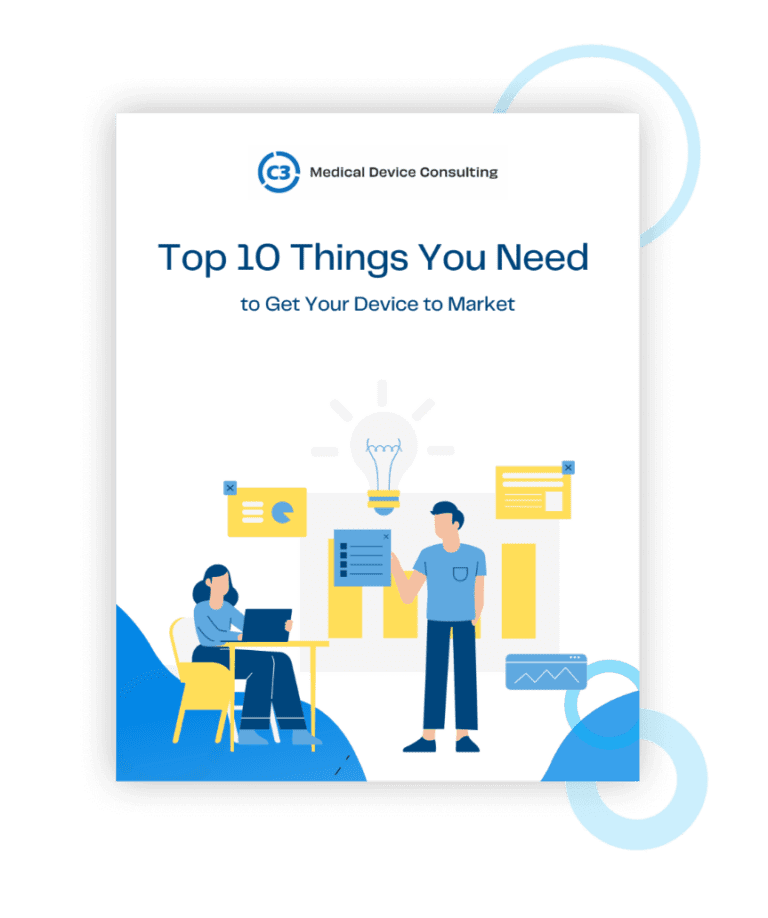Imagine that you are in the final stages of launching your product. Everything seems to be going well, and you are excited to see the light at the end of the tunnel. However, just when you thought you were done, you are suddenly slammed with a wave of cybersecurity violations that you never thought would be an issue.
As our world continues to develop and leaders like you facilitate innovation, we are becoming increasingly more connected. This connectivity improves outcomes for hospital networks, providers, and patients, as well as boosts the success of many new medical devices. The Internet itself and other networks are being used to collect, interpret, utilize, and disseminate information. However, the more connected these networks are, the more vulnerable they are to cyber-attacks and HIPAA violations. These issues can often impede innovation, especially in the healthcare field.
Therefore, it is the responsibility of medical device manufacturers and healthcare organizations to partner with federal government agencies such as the Food and Drug Administration (FDA), and the Department of Homeland Security (DHS) to mitigate potential security risks. These possible violations must be properly reported and shared with end-users through the proper channels for maximum data security.
Mitigating Threats in Mobile Applications/Connected Devices
Managing threats to cybersecurity is an ongoing process that should be considered throughout the medical device design process. Taking these into account throughout the total product life cycle (TPLC) is vital to achieving the highest security possible. Threat Modeling is a type of framework that many organizations recommend as a tool for mitigating cyber threats and risks. It allows you to take a systematic approach to create more secure systems. See the following resource for additional education in this area: Medical Device Cybersecurity Threat Modeling – MDIC
Another area that can be threatened by breaches in security is the field of HIPAA compliance. This is especially important if any health data that you are collecting will be shared with a HIPAA Covered Entity such as a health insurance company or health care providers and medical professionals. Data shared in this way is protected under HIPAA as PHI (Protected Health Information) and regulations for this must be in place. If your device is subject to HIPAA compliance, there could be significant penalties for not meeting these requirements, even if there was no breach of PHI. It is up to the medical device manufacturer to ensure that these requirements are met. See this resource from the FDA for more information: Device Advice: Comprehensive Regulatory Assistance | FDA
Reporting Vulnerabilities Discovered in Mobile Applications and Connected Devices
Ultimately, many of us are in this business to provide solutions and bring hope to our end users through these devices. However, if there are security risks related to your device, this could pose a health risk for patients and harm them instead of help. For example, if there is a security breach that allows unauthorized users to access the device interface, they could change settings that are vital to the patient’s health.
As mentioned above, cybersecurity should be considered throughout the medical device process. This requires both pre-market and post-market security management. If we consider the case where the medical device manufacturer or the FDA has discovered a cybersecurity incident or vulnerability, there are methods in place for reporting. Visit Content of Premarket Submissions for Management of Cybersecurity in Medical Devices and Postmarket Management of Cybersecurity in Medical Devices for guidance in this area.
If these issues have you feeling overwhelmed in your process, you have come to the right place! With 25 years of experience, C3 Medical has not only helped startups and large companies alike to bring their devices to reality but also ensured that these projects gain FDA approval. If you are a medical device manufacturer looking for guidance, please consider utilizing our Free Design Audit tool. This will allow us to determine your status and how our services may assist you.
For more informative articles like this, visit our blog at https://c3mdc.com/blog/.










